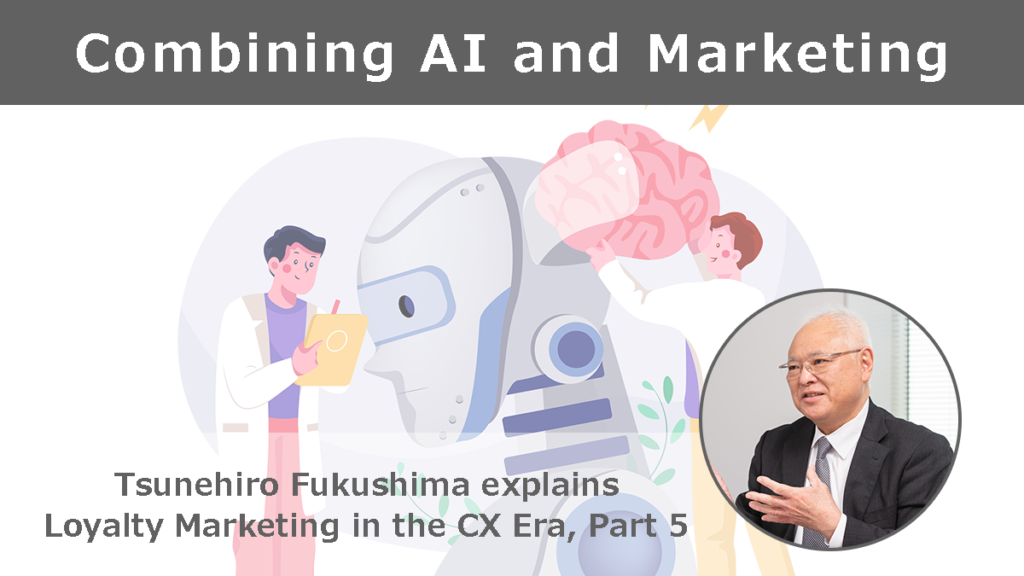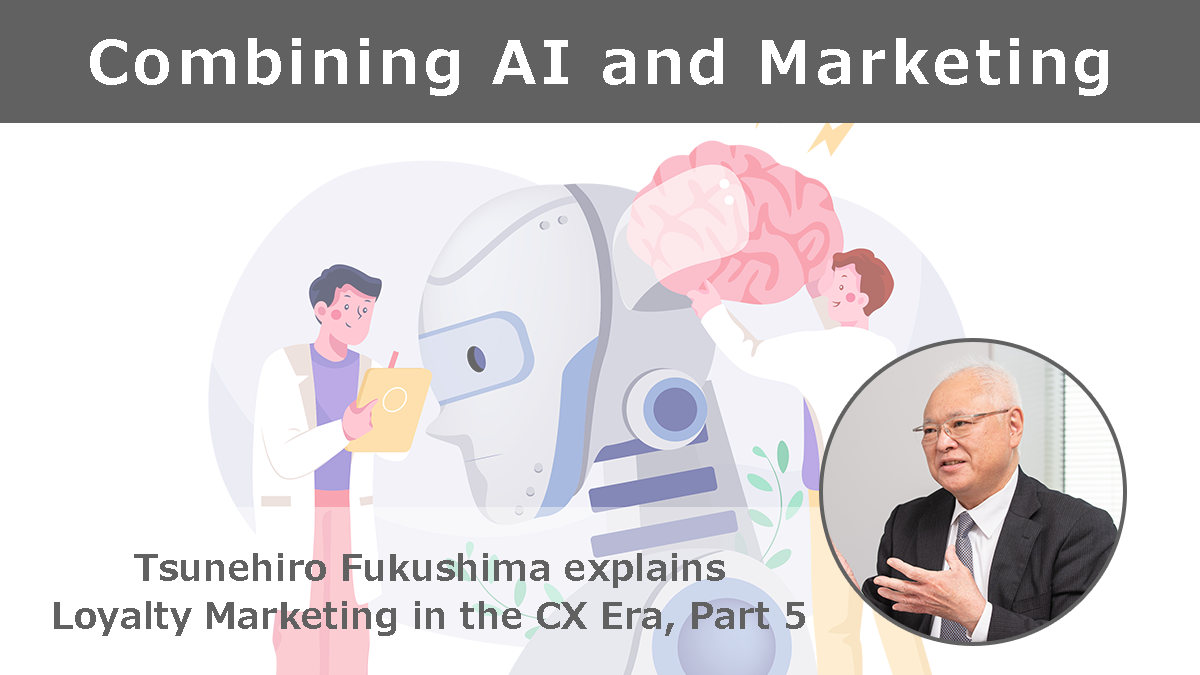The term “DX” can be seen in every aspect of the world today, regardless of industry or occupation, as we are living in the “DX era”. Management magazines often have special features dealing with innovation, and all of the examples presented there involve computers, and many companies are now setting up departments with DX in their name.
Why is DX being promoted with such speed? It has a lot to do with the pace of IT progress. The pace IT advances is fast and expected to improve approximately twice as fast in a year. Moore’s Law in the world of semiconductors, states that the integration rate of semiconductors doubles in 18 months. Increasing the rate of aggregation is synonymous with increasing performance. A typical example of the rapid improvement in semiconductor performance is the CPU performance of personal computers: a CPU processing 100 operations per second will be able to process 200 operations in 18 months.

Contents
IT has dramatically improved information processing capabilities
On the other hand, technology in other industries advances more slowly. For example, Japan’s first railroad line opened between Shimbashi and Yokohama in 1872, and at that time the journey time was about 50 minutes. Today, about 150 years later, it still takes less than 30 minutes, or about twice as long. IT can be multiplied by a factor of 1,000 in 10 years. You will understand how IT is advancing at a phenomenal pace. Even more surprisingly, the actual IT world is advancing even faster than this. Innovation is supported by IT and advances at the speed of IT.
There have been several major milestones in innovation. The first is the advent of electronic calculators, which have made the time-consuming computational work done by humans overwhelmingly faster. The second is the advancement of communication. Network technology has made it possible to exchange phone calls with people in remote locations. Then came the personal computing revolution in the 1980s, when not only large companies but also individuals could own computers. The proliferation of modern smartphones is an extension of this trend. Then came the great event of 1995: the commercialization of the Internet. This has created a world in which networks around the world are connected and can be used virtually free of charge.
AI-based marketing is now possible.
We are currently in the midst of the IT revolution, and in fact, another major revolution has been taking place since around 2000. This is the AI revolution. The AI revolution has enabled computers to mimic human intellectual tasks. Until now, computers could only perform four arithmetic operations, but computers in the AI age perform the same kind of intellectual movements as humans. For example, it can handle complex problems such as “wave + tiger”. In fact, when we gave this problem to IBM’s Watson, it drew a “tiger with a wave pattern.
Many people believe that as AI advances, AI will eventually surpass humans and humans will be destroyed by AI = Singularity. This is being discussed all over the world, but AI is only a tool. More strictly speaking, it is just a programming language, never a substitute for human intelligence. It excels in areas in which it excels, but not in others. It is important to calmly recognize these characteristics of AI. Those who understand AI correctly deny the Singularity.
So how will AI change marketing? Marketing will change significantly by incorporating AI, but since AI is only a technology, it is very important to consider “how to use” it. For example, AI is better at simple tasks such as monthly reporting and is probably 10,000 times more productive. Some companies are already using RPA (Robotic Process Automation) to improve efficiency. Other tasks that could be entrusted to AI include checking vast amounts of data for unnatural aspects and optimizing the marketing mix.
How to Use AI in the Marketing 5.0 Era
In Marketing 5.0, Kotler states that the five elements of the 5A customer journey and AI technology should be multiplied. This is a very essential statement: you can’t master AI by being passive about what it can do for your marketing. For example, there is the activity of “raising awareness,” and we need to actively think about what we can do if we utilize AI here. It is crucial to consider each and every way in which AI should be used to increase awareness, increase appeal, research, purchase, and ultimately like and recommend the product.
Kotler argues that there is a distinction between “digital marketing” and “marketing in the digital world.” This assertion suggests that we should not think of digital marketing as an end in itself, but rather what marketing is required in a “digital society” where AI has become widespread and pervasive. Much of marketing will be reshaped by AI. It is essential to keep up with the social and lifestyle changes that are occurring with the IT revolution we are now facing, and if we can do that, AI will be a great partner, not a threat.
Tsunehiro Fukushima will direct your marketing efforts
At transcosmos, we offer marketing strategy proposals in line with the 5A concept advocated by Philip Kotler. For actual proposals, Tsunehiro Fukushima, the commentator of this article, supports loyalty marketing optimized for the digital age. First of all, please tell us your company’s concerns.
Tsunehiro Fukushima
Corporate Executive Officer, transcosmos inc.
Director, Japan Marketing Association
After completing graduate studies at the Tokyo Institute of Technology, he joined Ajinomoto Co., Inc. He then worked for GE Capital, Mitsubishi Corporation, Gurunavi, Inc., and Medical Data Vision Co., Ltd., where he served as head of big data business and marketing. His areas of expertise include new business and new product development, brand theory, medical business, and loyalty marketing. At transcosmos, he is in charge of marketing-related business development and is the exclusive provider in Japan of the 5A diagnosis introduced in the book “Kotler’s Marketing 4.0”.

